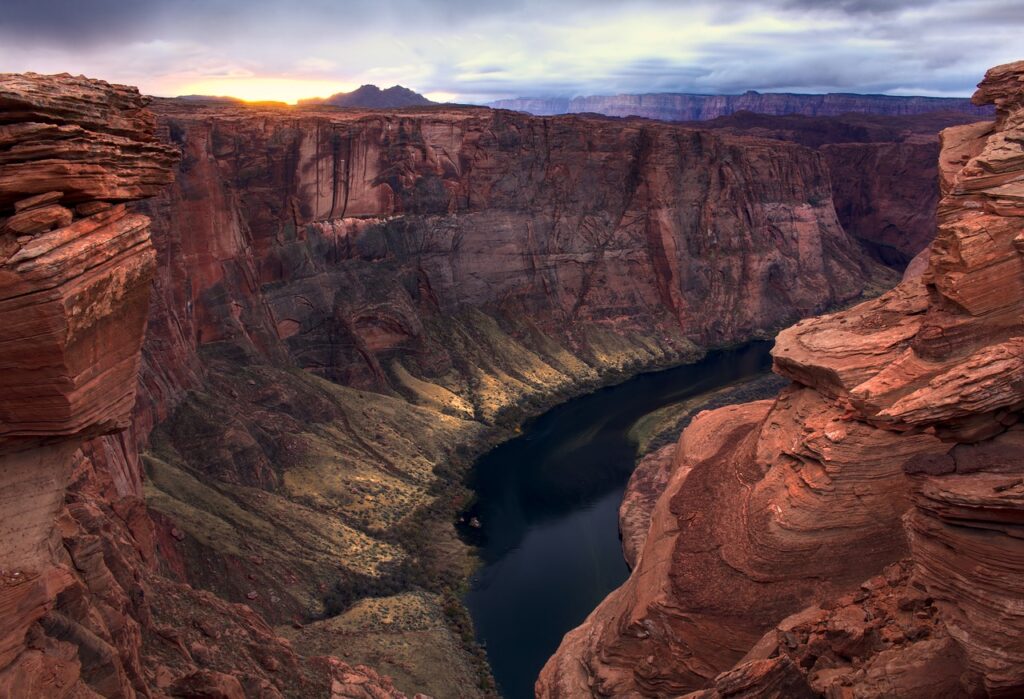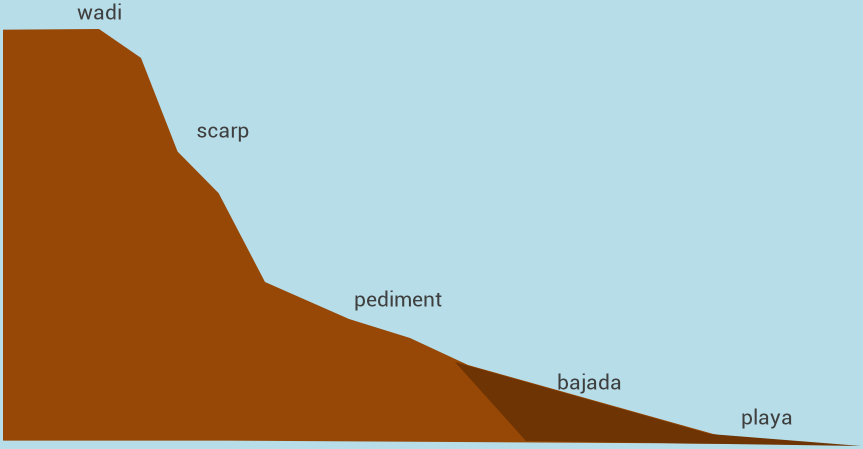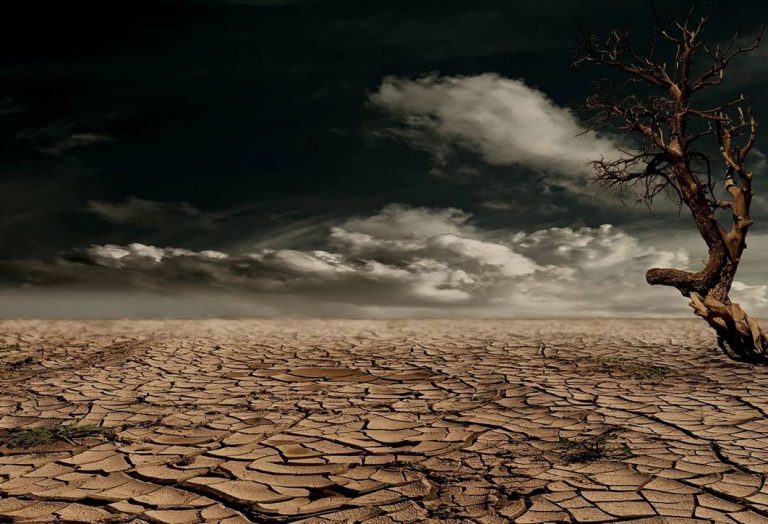It is true that arid regions barely rain with some desert environments such as The Atacama receiving no rainfall at all the entire year. But when the rains comes in deserts, they can be torrential and copious or can last for days without ceasing. It is this water that is responsible for some landform formations in deserts.
Canyons / Gorges

Gorges (canyons in America) are deep narrow valleys that are excavated and eroded vertically by rivers that flow along deserts. The Grand Canyon in Arizona USA was formed by vertical erosion of sedimentary strata by the Colorado River for millions of years.
Alluvium fans
Alluvium fans are cone shaped heaps of sand that are deposited on the exit of a wadi or valley. A wadi is a narrow dry valley with ephemeral water flow (water that flows during heavy rains only). The valley is dry and baked most of the time, but during heavy downpours they can fill up with water and transport all the alluvium from the upslope as sheet wash. This alluvium is deposited as the wadi terminates into an open space. Energy is dissipated in the open space and material spreads apart into a fan shape.

When several alluvial fans coalesce (join) a bajada is formed. It can be seen as a gently sloping mound of alluvium extending from a hill.
Pediments
Prior to a bajada, there’s a gently sloping extension of a hill or plateau. Pediments are like tails trailing behind hills or plateaus. Pediments and bajadas are difficult to distinguish especially when occurring together. Their formation vary and often misunderstood. Scarp retreat as explained by King is believed to be responsible for pediment formation. Some are believed to have been formed by the accumulation of weathered material from the scarp along the scarp foot.

Playa /Salt pan
A playa is a flat land in a desert formed when water carrying alluvium (clay) or salts planes an area and then evaporates leaving the clay or salts levelled behind. The clay can dry up with deep cracks on it.

They can be used for speed tests because of their flatness.

